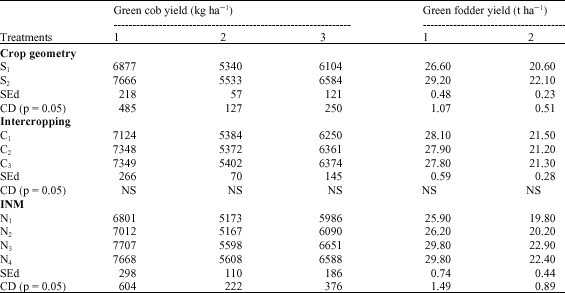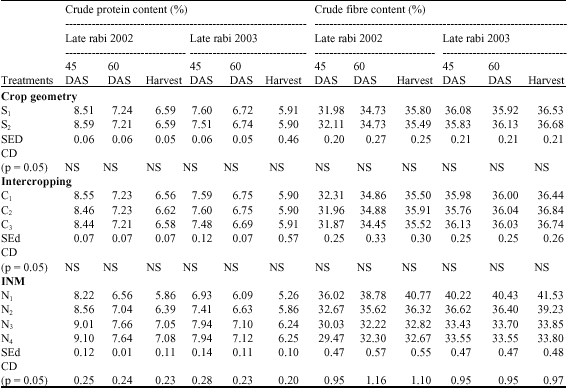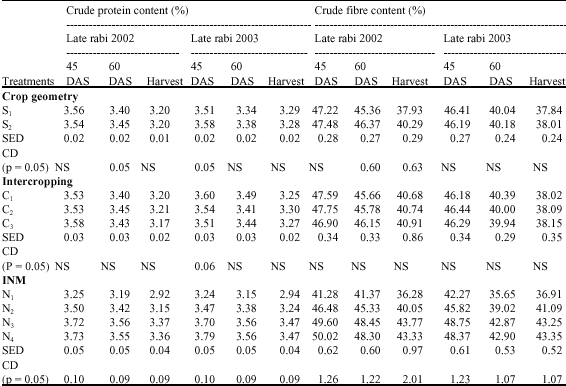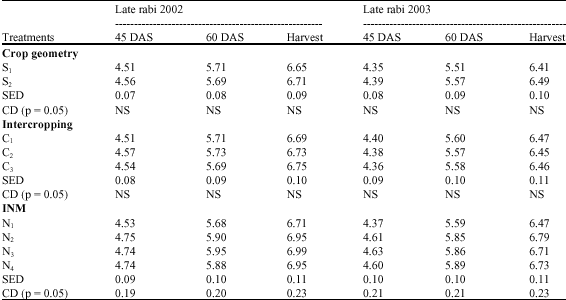Research Article
Response of Crop Geometry, Intercropping Systems and INM Practices on Yield and Fodder Quality of Baby Corn
Department of Agronomy, Tamil Nadu Agricultural University, Coimbatore-641 003, India
K. Velayudham
Department of Agronomy, Tamil Nadu Agricultural University, Coimbatore-641 003, India
V.B. Muthukumar
Department of Agronomy, Tamil Nadu Agricultural University, Coimbatore-641 003, India













